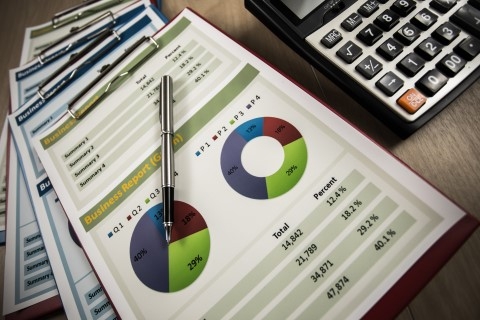
Thailand, Philippines, Indonesia vulnerable to the middle-income trap
More caution placed on Indonesia and Thailand.
Caution has been placed Indonesia and Thailand as nations that are vulnerable to the so-called middle income trap, due to the GDP data of these countries and the statuses of their respective reforms.
According to a research report from Nomura, the growth rates of real GDP per capita in Thailand, the Philippines and Indonesia have more closely resembled the Latin American countries and South Africa than Japan and the Asian tigers, leaving them vulnerable to the middle-income trap.
Based on the report, there is no clear and accepted definition of what the middle-income trap is, but it can be broadly described as the phenomenon of economies stagnating at middle-income levels and failing to rise to the high-income levels of advanced economies.
Since the Second World War, Asia has thus far been relatively successful in escaping the middle-income trap, with Japan and the four Asian tigers – Hong Kong, Singapore, Korea and Taiwan – all graduating to the high-income country group (>$13,000) in less than 30 years.
On our income measure and using the threshold of 42 years used by Jesus Felipe at the Asia Development Bank, Argentina, Uruguay and Chile have recently graduated from the middle-income group, but it took these countries over half a century to do so.
Here's more from Nomura:
Of these three countries, we are cautious on Indonesia and Thailand, as both have made little progress in implementing reforms.
By contrast, we judge that the Philippines is reaping dividends from the trio of good progress on economic reforms, improved economic fundamentals and a relatively stable political backdrop.
Trend real GDP growth in the Philippines has picked up noticeably in the past two and a half years to average 6.8% compared to 5.4% in the past decade, suggesting that the potential growth rate has risen.
China entered our middle-income group in 1995 and in the past 18 years has been advancing very rapidly, at a pace, in terms of real GDP per capita growth, mirroring post-war Japan and outpacing the four Asian tigers in the 1960s, 70s and 80s.
If China maintains this breakneck rate of growth, averaging close to 8% per annum, it could achieve high-income status in 2017 – i.e., in just three years time, and would quickly move up the ranks of high-income countries.
However, this is a big ‘if’, in our view, given the structurally weak economy and rapidly ageing population – indeed, it could be argued that China has borrowed growth from the future.
























 Advertise
Advertise






